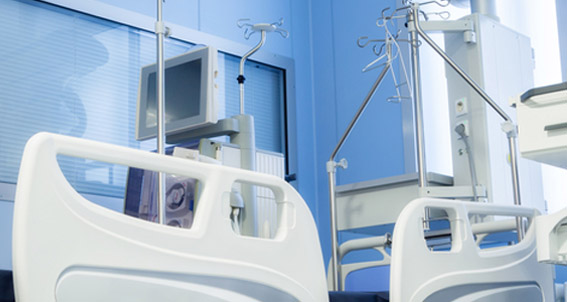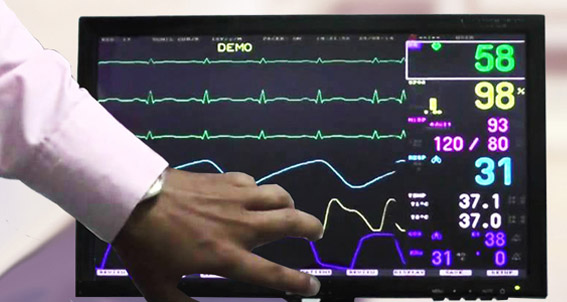
The Responsible Disposal of Old Medical Devices
As we all know, existing medical equipment and technology begin to go out-of-date almost as soon as they hit the market for use. Medical equipment manufacturers prepare for obsolescence by developing new products with approved technologies and ergonomic enhancements, all while existing products are still in production. This ensures the constant development of new-generation products, but also leaves a continued supply of obsolete equipment in its wake.
When new products go to market, marketing and sales are tasked with developing strategies to replace existing products in the field with the new-generation products. Logistics departments are tasked with developing strategies to transport, deliver, and install the new equipment to minimize downtime for the end user, and ensure they meet sales- and corporate-defined budgets and goals.
Certainly, these new product roll outs are exciting and include involvement from production, sales, logistics and the customer to implement processes to deliver the new equipment and configure for immediate use. However, what is less exciting is managing the process for removing the equipment they are replacing.
When mature devices are finally taken out of service, are decommissioned, reach their end of life, or are traded in, the end user often turns to the original manufacturer for help.
However, the manufacturer may not want the equipment back. They may not have the space to keep or store the out-of-date devices, and they may not need it for spare parts either. But they certainly don’t want to see their legacy products show up on the secondary market to compete directly against their newer offerings.
Since medical equipment that has reached its end of life cannot simply be put into a dumpster, what are the proper steps for disposal?
Out with the Old...
In most cases, obsolete equipment needs to be destroyed, recycled, disposed of, or all of the above. It’s a process that is not glamorous to deal with, as its time consuming and means dealing with product that can no longer yield a return on investment.
To complicate things, many old medical devices may be exposed to bio-hazard contamination, having come in contact with human fluids, tissues and/or other exposures. A manufacturer’s worst nightmare would be having such a device show up in a landfill without proper documentation of decontamination or disposal.
You need a logistics partner that understands the proper means of disposal and can create solutions customized to your needs. Whether it’s simply removing a retired model from the end- user site and recycling it, or handling the proper decontamination process, an experienced logistics partner can manage the entire process for you. Properly handled, you should expect to receive a “Certificate of Destruction” with the make, model, serial number, date of recycling and the location of disposal / recycle facility.
The best providers will manage the entire process for you and trust that all compliance requirements are met. Particularly, look for a partner that will act as a single source provider for your disposal and recycling needs. Even better, your provider will assign a single point of contact to your account, further simplifying the entire process for you, leaving you to focus on the equipment that can still make money for you.
Have Questions?
If you have questions about medical device destruction, recycling and disposal, feel free to send us a note and we'll get right back with you.


